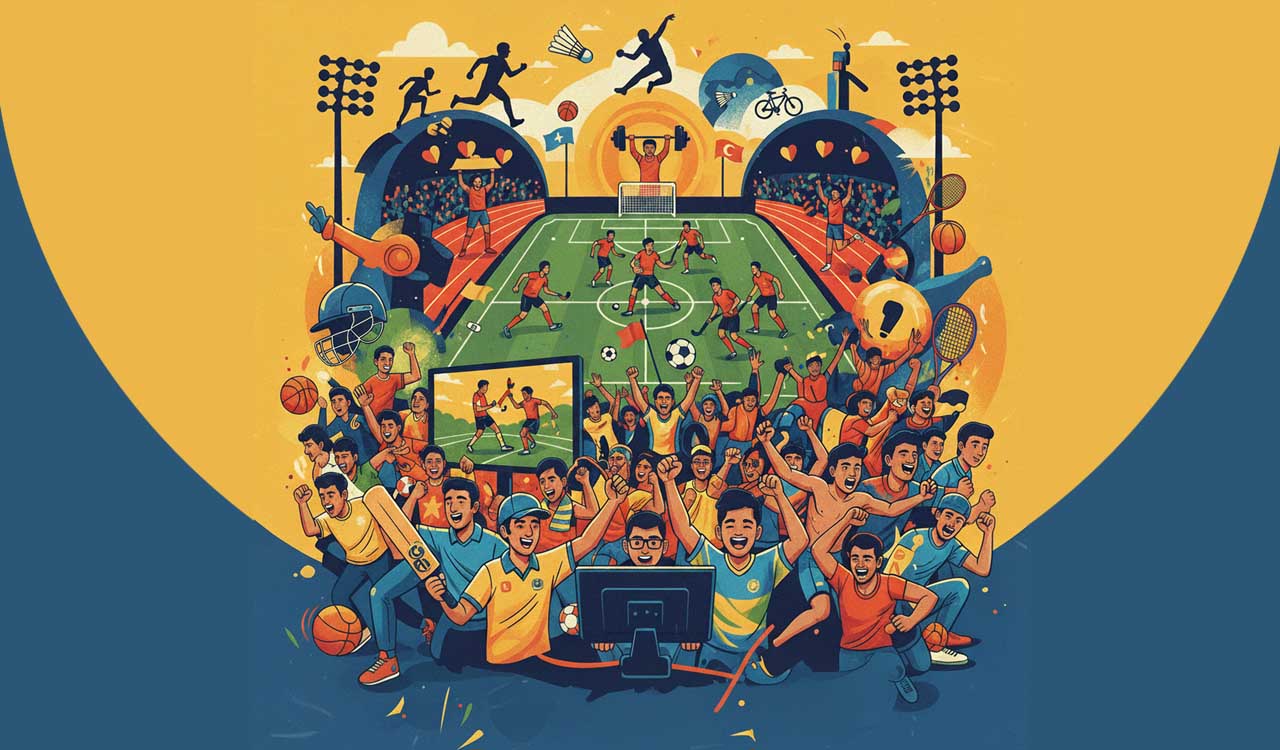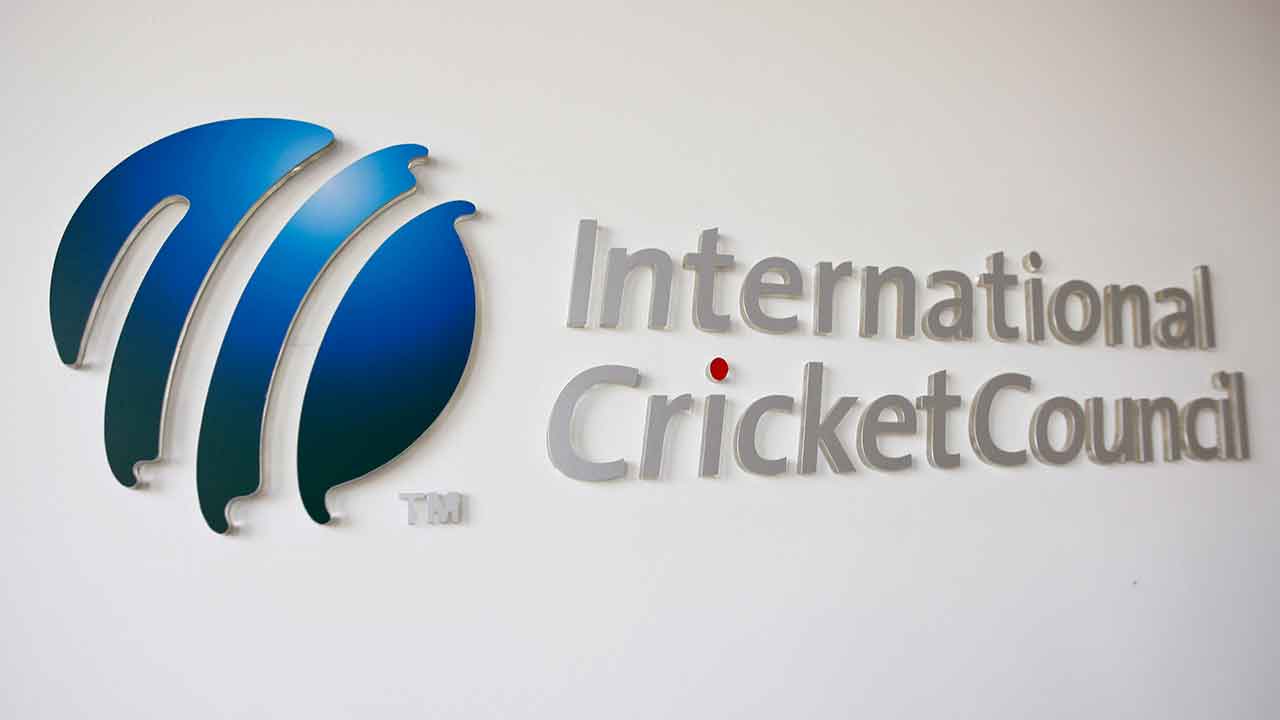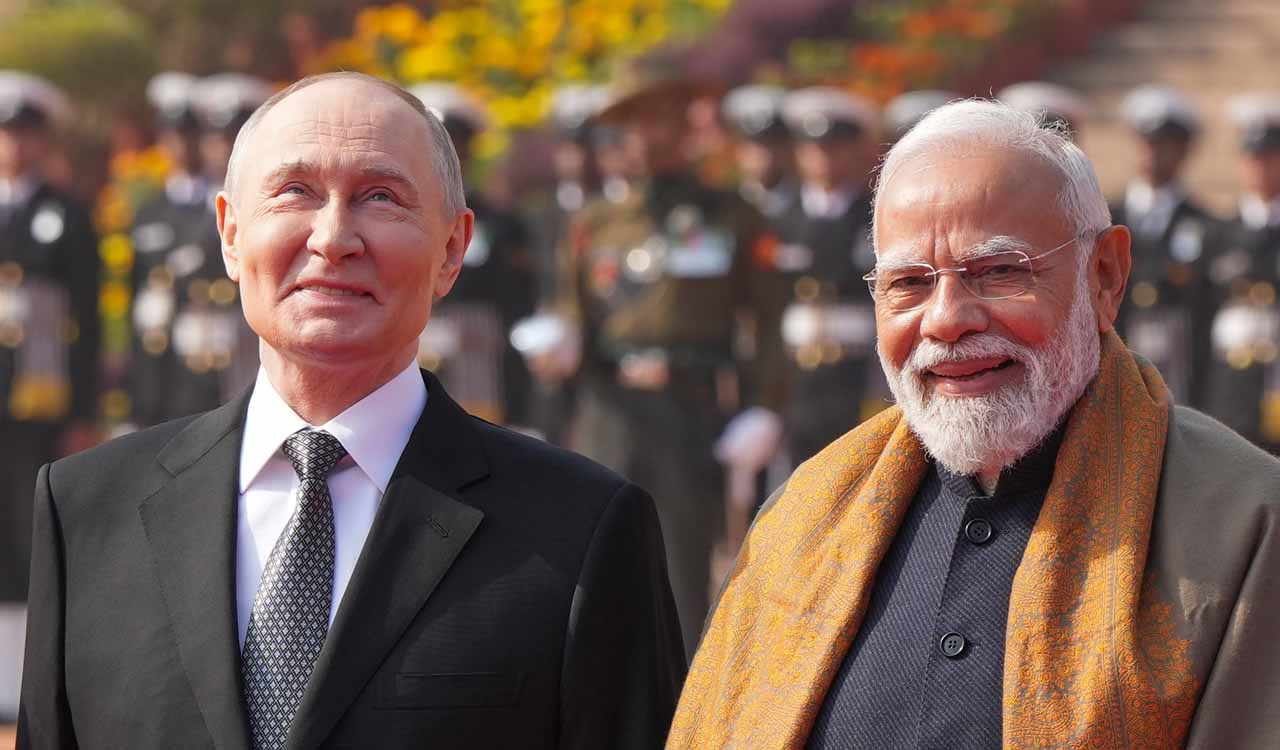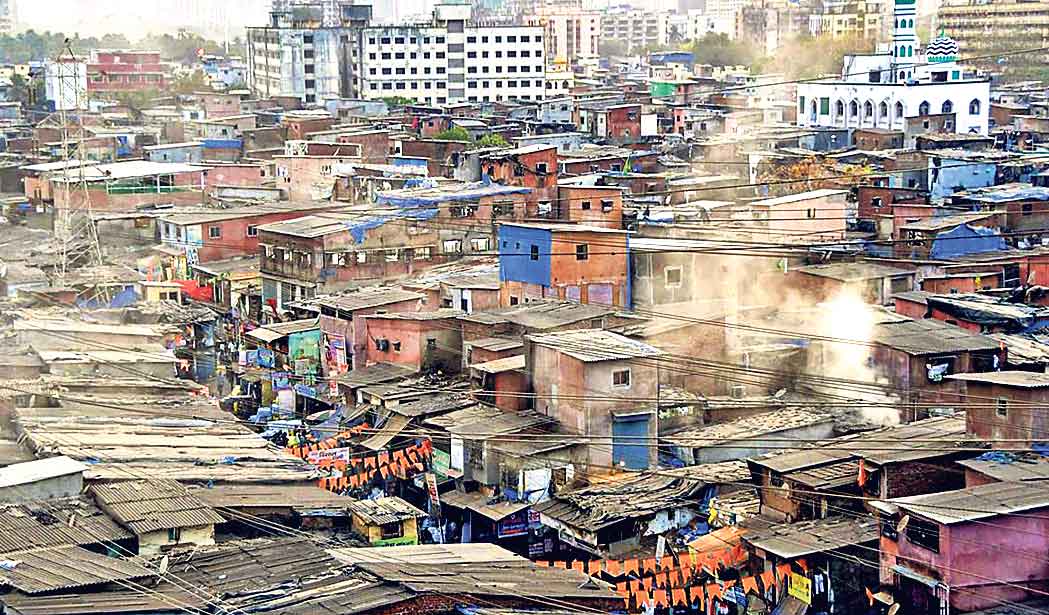Opinion: India’s new sporting playbook
Once obsessed with cricket, India’s sporting canvas is now multi-coloured — from kabaddi and football to hockey, athletics, and even new-age esports

Dr Sukhamaya Swain, Dr Siddhartha Bhattacharya, Dr Charu Bansal
Over the last decade, India has begun rewriting its story not just as an economic powerhouse and digital giant but also as a nation that is building its space in the global sports arena. Once seen primarily through the lens of cricket, the Indian sports scene is now blooming in multiple directions, powered by a confident youth, visionary policies, indulgent guardians, and a growing sense of national pride.
Also Read
What we are witnessing is not merely medal wins or conducting sports events; it is about India realising that sport is both a mirror and a motor of progress. It has discovered the importance of it through employment generation, investments, international recognition, and its usage for improving the soft power quotient.
Beyond Cricket
For years, cricket dominated our sporting imagination; heroes were cheered under the sun as well as across TV screens. From the 1983 World Cup victory to the rise of the IPL, cricket became not just a game but a cultural phenomenon. Slowly, however, other sports started making their mark. From kabaddi and football to hockey, athletics, and even new-age esports, India’s sporting canvas is now multi-coloured.
Leagues like the Indian Super League (football), Pro Kabaddi League, and Premier Badminton League have transformed sports into mainstream entertainment, creating economic opportunities across the country. Our home-grown kabaddi has gone from dusty village grounds to TV sets.
Cities like Bhubaneswar and Guwahati are emerging as new sports hubs, hosting global events such as the Hockey World Cup and the FIFA U-17 Women’s World Cup. These events are a consequence of meticulous planning and sustained efforts by concerned. There is a single-minded hope that sports can be a harbinger of economic and social progress.
Playing to Win
Much of this transformation can be traced to the government’s focused approach. The Khelo India programme, launched in 2016, has become the cornerstone of India’s sports revolution. It has built more than 300 new sports infrastructures, identified thousands of young athletes, and ensured them support through timely and world-class training.
The numbers: For FY 2025-26, the government’s allocation was around Rs 3,800 crore to the Ministry of Youth Affairs and Sports, with Rs 1,000 crore for Khelo India alone. Funding for national sports federations and the Sports Authority of India has also gone up, signalling a clear intent: sports is a national mission.
Sports have begun reshaping India’s social landscape, but the next leap needs better grassroots facilities and stronger coordination between States and federations
Special programmes such as the RESET (Retired Sportsperson Empowerment Training) scheme focuses on retired athletes, ensuring they aren’t forgotten when their competitions are over. Instead, they are given new opportunities to grow by mentoring or helping the next generation, turning accumulated sporting wisdom into national wealth.
A New Sporting Economy
Sports are now contributing more than ever to India’s economy. A report by Google and Deloitte estimates that the Indian sports economy will touch USD 130 billion by 2030, generating employment for more than 10 million people. From coaches and physiotherapists to event managers and broadcasters, the ecosystem around sports is expanding rapidly.
Cricket continues to be the financial backbone, with the Indian Premier League valued at over $8 billion and media rights fetching astronomical sums. But what’s equally heartening is the commercial rise of football, kabaddi, and athletics. These sports are now bringing new sponsors, fans, and business models into the game.
Merchandising, fitness industries, and sports tourism are thriving too. Cities that host tournaments see a direct boost to local economies, be it the hotels, restaurants, transport, and even small vendors who benefit from the influx of fans and media. Sports have thus become both an economic catalyst and a social equaliser.
From Playgrounds to Pride
Beyond economics, sports have begun reshaping India’s social landscape. They have become a tool for empowerment, inclusion, and national unity. When young athletes from small towns win medals on the international stage, they don’t just make their families proud, they make an entire nation believe.
The success stories of athletes have sparked a shift in how families perceive sports. Once mocked as a distraction and hindrance, sports are now seen as a path to discipline and prosperity.
Importantly, the government’s focus on rural and grassroots participation through panchayat-level initiatives and youth programmes has ensured that this transformation is not limited to cities. From the dusty fields of Haryana to the hills of the North East, the sporty Indian is running, jumping, kicking, and dreaming.
Infrastructure and Innovation
India’s sports infrastructure is also growing at a pace never seen before. The magnificent Narendra Modi Stadium in Ahmedabad, now the world’s largest cricket arena, stands as a symbol of India’s ambition. New training centres, high-performance academies, and digital platforms are connecting talent from remote corners to global opportunities.
Technology, too, is playing its part. From analytics and artificial intelligence in training to virtual fan engagement, Indian sports are blending tradition with innovation. This mix of modern science and Indian spirit is what makes our rise truly unique.
The Road Ahead
Challenges remain. We still need to improve our grassroots facilities, enhance sports education, and ensure better coordination between States and federations. But the direction is clear, and the momentum is strong.
India’s youthful demographics: 65 per cent of our population under 35 means that our future will be powered by energy, ambition, and dreams. With every new league launched, every new stadium inaugurated, and every medal won, India is asserting itself as a confident sporting nation.
This is more than a story of games; it is a story of growth. A story of how a nation once defined by its passion for one sport is now becoming a multi-sport powerhouse. A story of how government vision, private enterprise, and public participation can come together to shape a new India that is fit, united, and beaming with pride.
The Tricolour rising on sporting podiums across the world is not just a symbol of victory; it is a reflection of a country that is determined to move and show a united face of progress and soft power to the world.

(Dr Sukhamaya Swain and Dr Siddhartha Bhattacharya are Professors of Finance, and Dr Charu Bansal is Director, JK Business School, Gurugram)
Related News
-
Australian skydiver dangles from plane tail; cuts free at 15,000 ft
1 hour ago -
Malla Reddy Narayana Hospital surgeons treat rare cancer case
1 hour ago -
GHMC to accept objections, suggestions on delimitation during holidays
2 hours ago -
BVB Atmakuri Rama Rao School hosts spirited Sports Day
2 hours ago -
BJP stages protest at Singareni office against funding for Messi football event
2 hours ago -
Pipeline leak disrupts drinking water supply in Hyderabad
2 hours ago -
RBI report confirms BRS-era reforms transformed Telangana’s economy
2 hours ago -
India drop in WTC race as New Zealand secure nine-wicket win
2 hours ago




